Of all the realities we could be living in, a reality where Jaguar hits the big reset button isn’t one nobody could have foreseen since coming under the ownership of Indian giant Tata. Sadly, for fans of the Big Cat, this is the reality we are living in now.
Troubling signs appeared in 2018, with the company copping a £354 million loss in the first six months. The company didn’t fare any better in 2019 either as Brexit negotiations shoved production down a flight of stairs. As though things couldn’t get any worse, Donald Trump’s trade fracas with China brought further issues with its largest market.
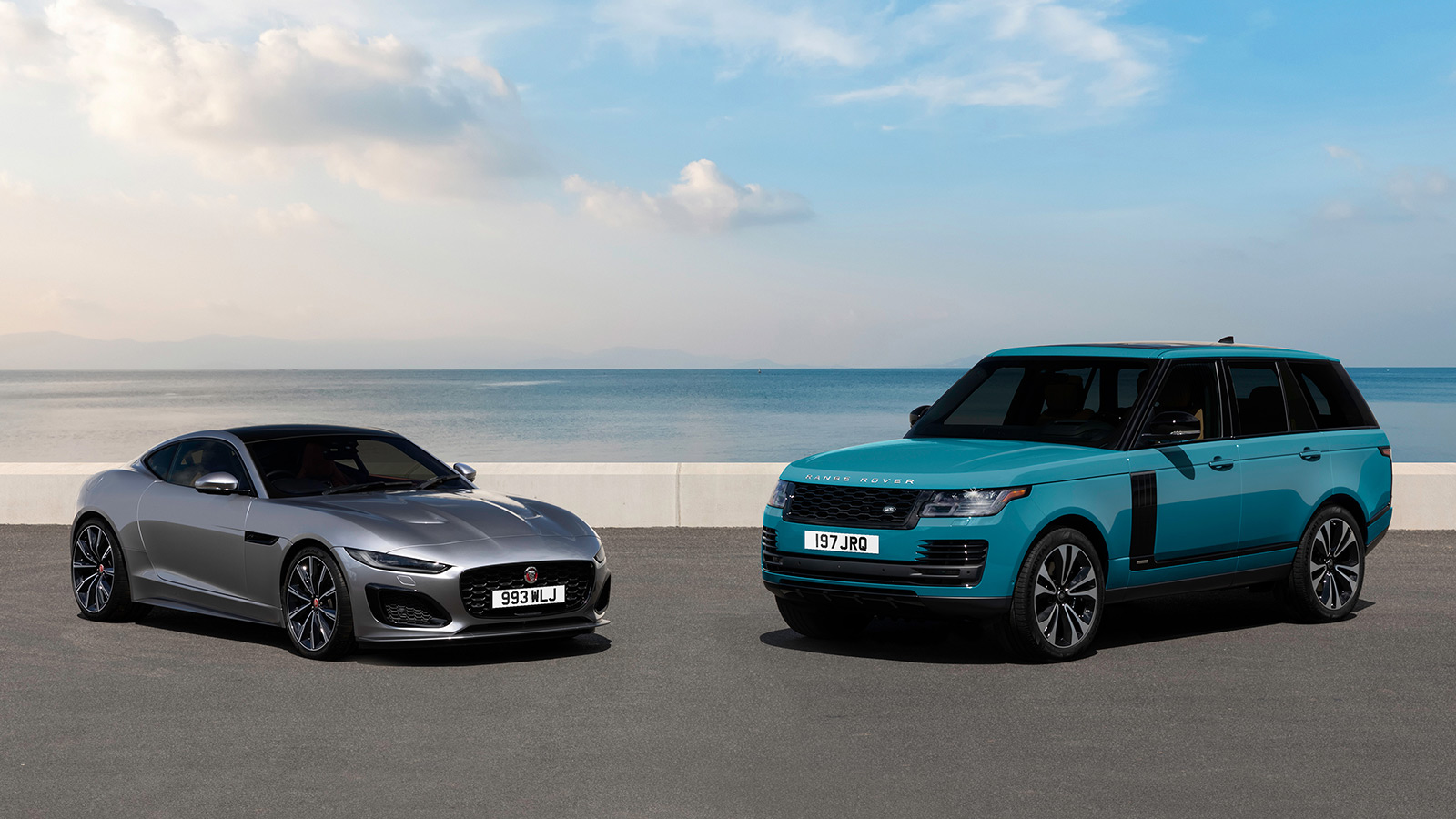
In late 2020, Jaguar Land Rover’s CEO, Ralf Speth stepped into retirement after a decade running it. The top job went to former Renault CEO, Thierry Bolloré. Fortuitously, the French automaker gave Bolloré, Carlos Ghosn’s second-in-command, the boot in what he could only describe as a coup.
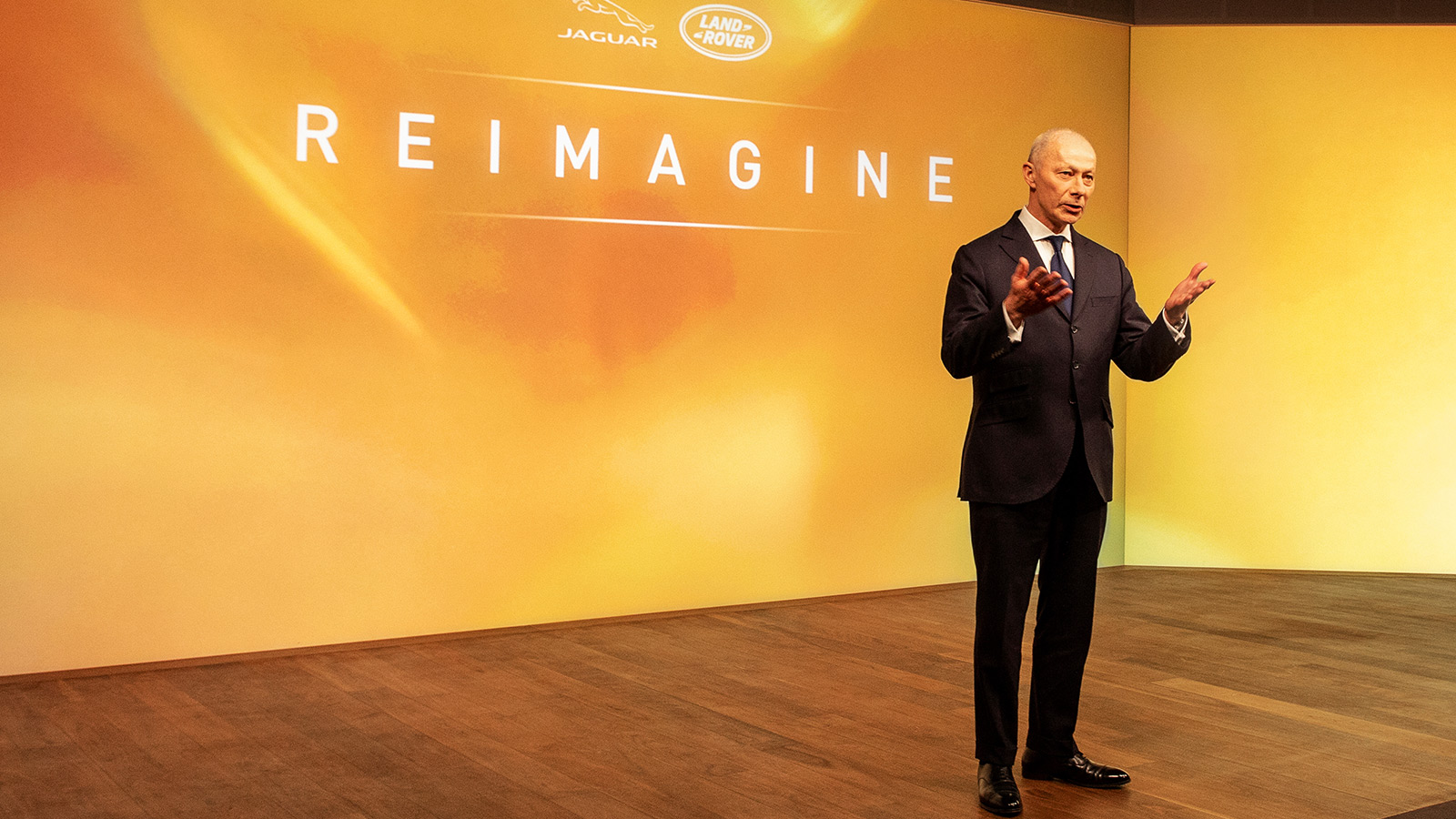
Nevertheless, Bolloré’s reputation as a lieutenant of ‘Le Cost Cutter’ made him the right man to stitch up its cash haemorrhage. Jaguar Land Rover sorely needed austerity measures to turn the tide. But austerity wasn’t the order of the day with his appointment.
Rather than keeping the status quo, Bolloré instead chose to “Reimagine” the Jaguar brand as an all-electric player to rival Tesla. Unsurprisingly, he didn’t waste time and tossed Jaguar’s current model plans out the window.
Restarting Jaguar Land Rover
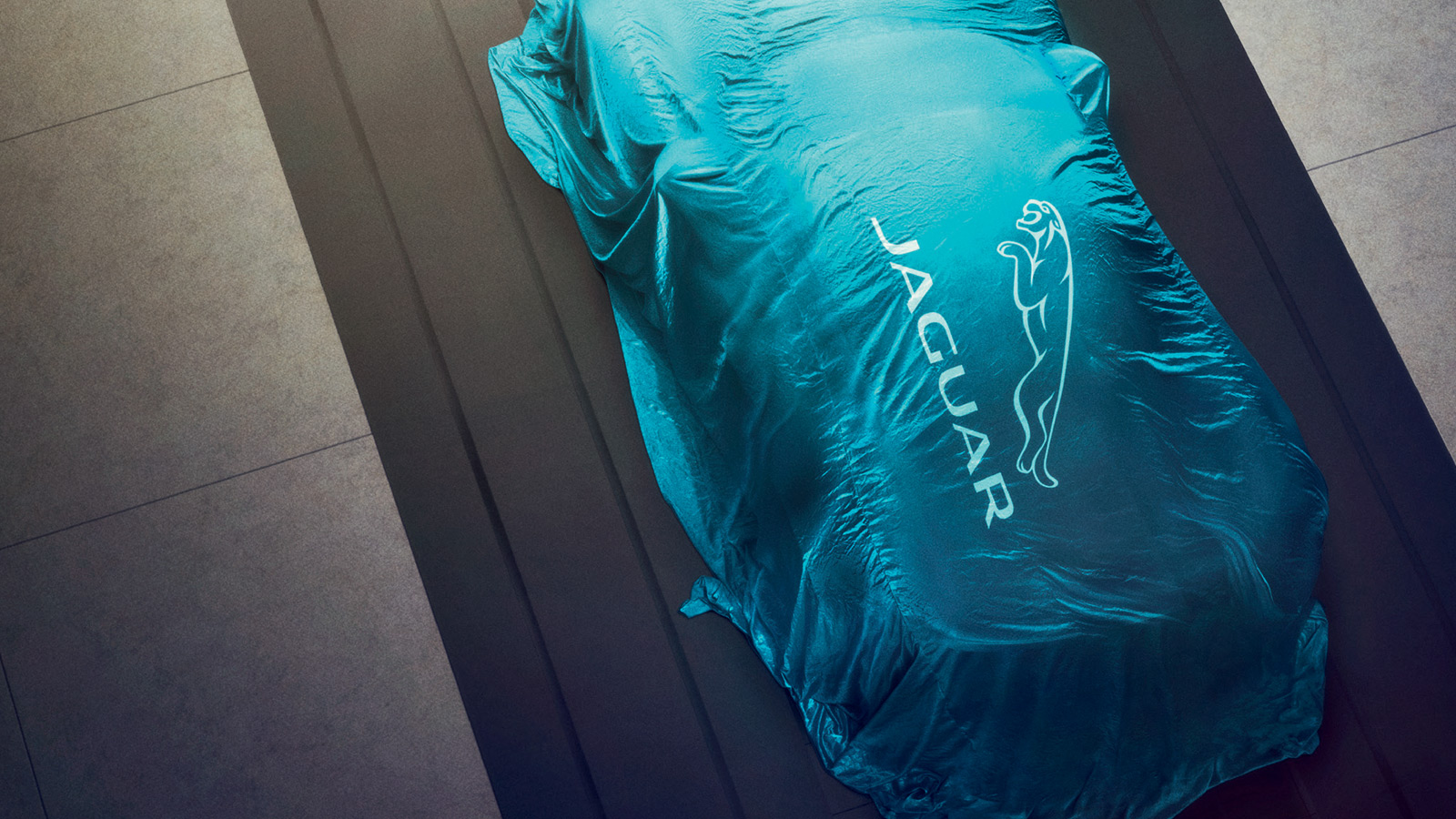
At least £300 million worth of investments put into a new model plan were written off. Talk about commitment. Burn down the house with the occupants still in it. One of the models cut down in the cull was the anticipated next-generation XJ limousine. According to reports, the all-electric Jaguar flagship was mere months away from its debut.

Despite the new XJ having an all-electric variant, Bolloré didn’t think it suited his vision for the company. If anything, such drastic changes are a clear statement of the dire state of affairs Bolloré found the company in.
Jaguar will instead pass the XJ’s new MLA platform to Land Rove as it develops a new battery-electric platform, due in 2024. That battery-electric platform will serve as the architecture for every new EV-only model from 2025.

Till then, Jaguar’s existing model line-up would have to hold the line. That is a tall order for a range that is no longer the spring chicken in the coop nor its brightest luminary.
Adding to Jaguar Land Rover’s challenges is its abysmal reliability reputation. Both Jaguar and Land Rover ended up in the bottom five of the United States’ 2020 JD Power satisfaction rankings. A position that Bolloré blames for costing the company “more than 100,000 healthy sales”.
The Great Promise
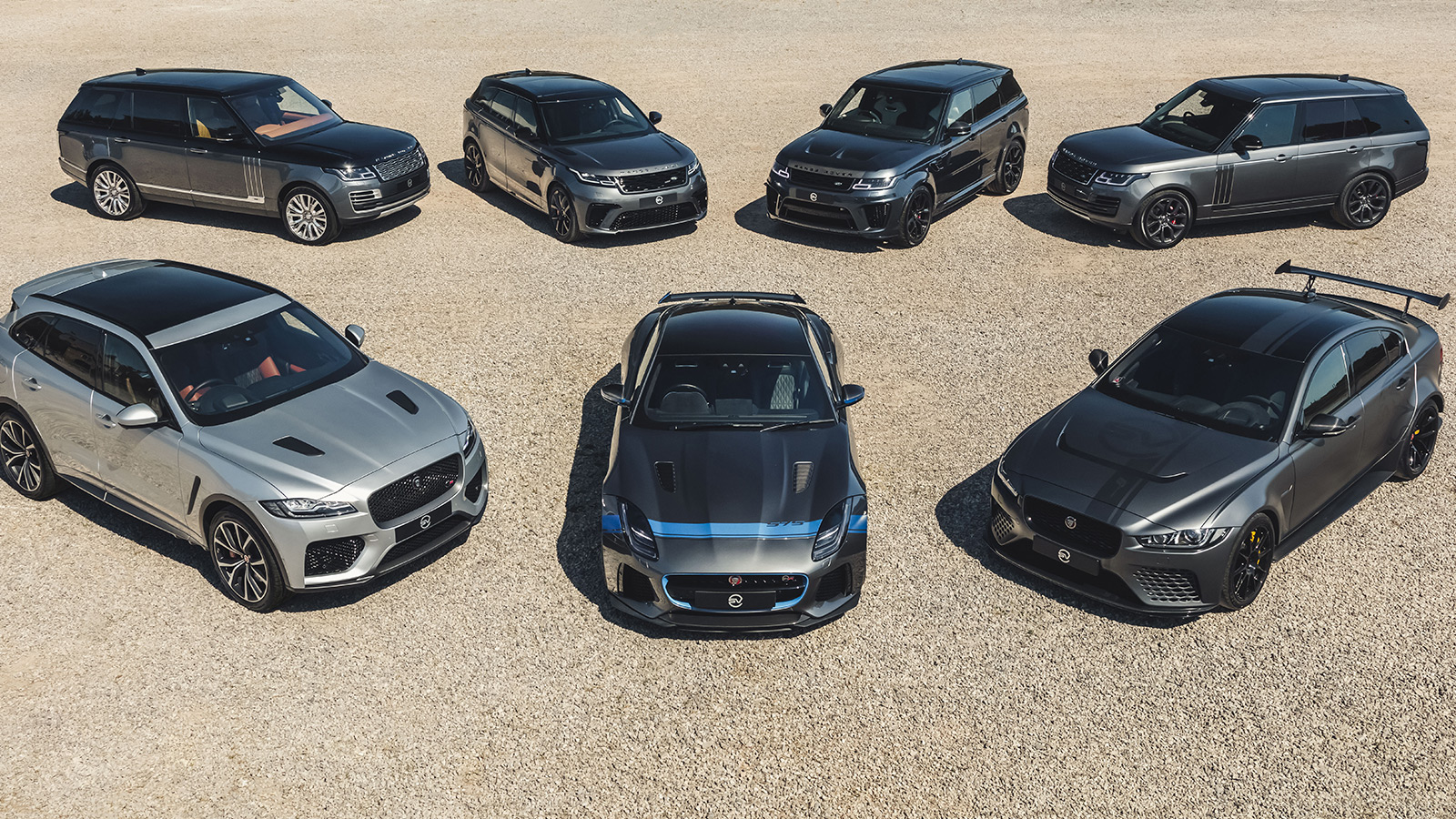
All in all, Bolloré has a big job on his hands. The question that is sure to arise is, where did Jaguar Land Rover go wrong? When Ford peddled Jaguar and Land Rover off to Tata during the 2008 financial boogaloo, many thought great things were in store for the storied name.
Ford spent years fixing Jaguar and Land Rover’s problems while trying to posh it up as a Mercedes-Benz competitor. It didn’t pan out as expected. As for Tata, not only does it have the resources, but it possesses the will to allow the two British brands to forge their own path.

Tata tapped former BMW and Ford executive, Speth, to get the newly formed Jaguar Land Rover pointing in the right direction. With “a long leash to deliver the future strategy” given, Speth set in motion a massive model and powertrain revolution.
Jaguar and Land Rover not only got the models – the XE, F-Pace, and Evoque – it desperately needs to be competitive, it also got brand new diesel engines. A welcome reprieve for many markets that couldn’t stomach the running costs of its ageing V8s and V6s.
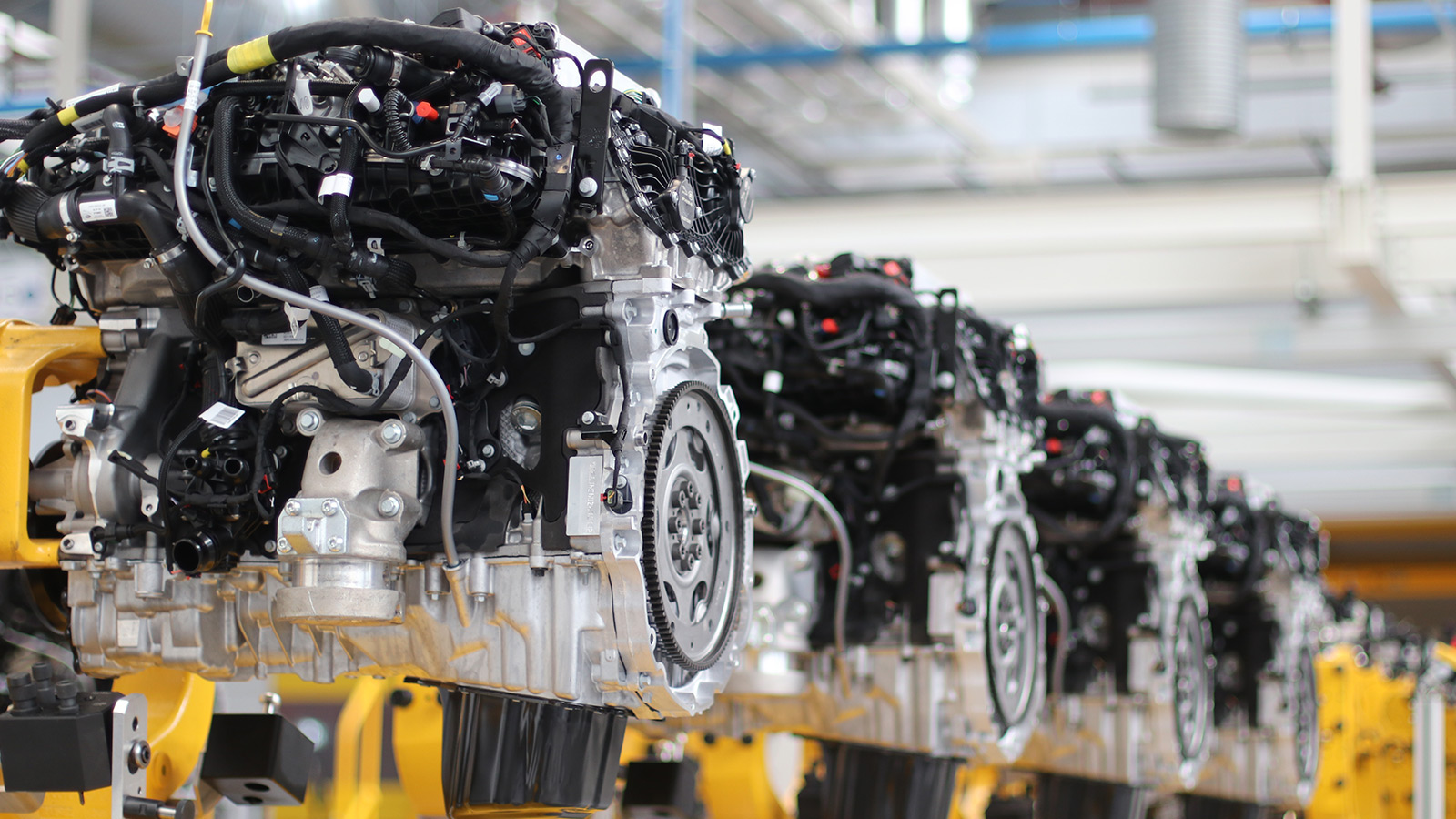
Speth also modernised the company’s offerings with a new all-aluminium platform for the whole Land Rover range, introduced the Jaguar I-Pace – its first all-electric model, and greenlit the Ingenium modular engine series.
Between 2011 and 2017, sales and profits surged. Sales nearly tripled between the two years, resulting in billions in profit annually. It appears the Big Cat had finally found its stride. Then in 2018, what can only be described as the perfect storm happened.
The Perfect Storm
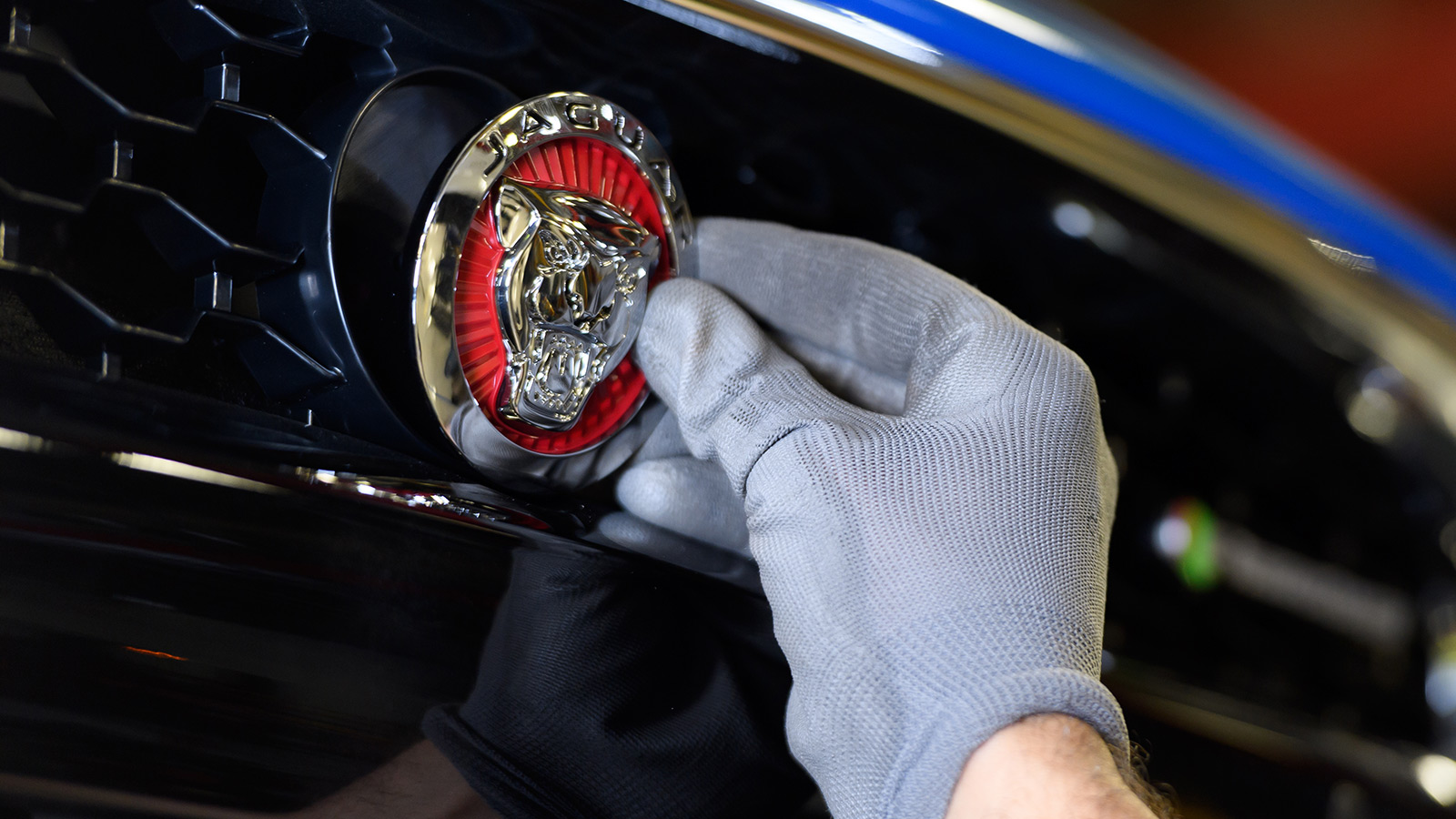
Over the years, Jaguar Land Rover had grown too ambitious. Its foray into China proved lucrative, which encouraged the company to set up its Changshu factory in 2014. Whilst this operation boosted sales, it became a key stumbling block in the company’s fortunes.
In the first half of 2018, sales in China plummeted by 44 per cent. A fall that the company blamed on “falling consumer confidence and import tariff changes”. However, some observers believe that part of the blame lay with poorly-received locally-built cars.
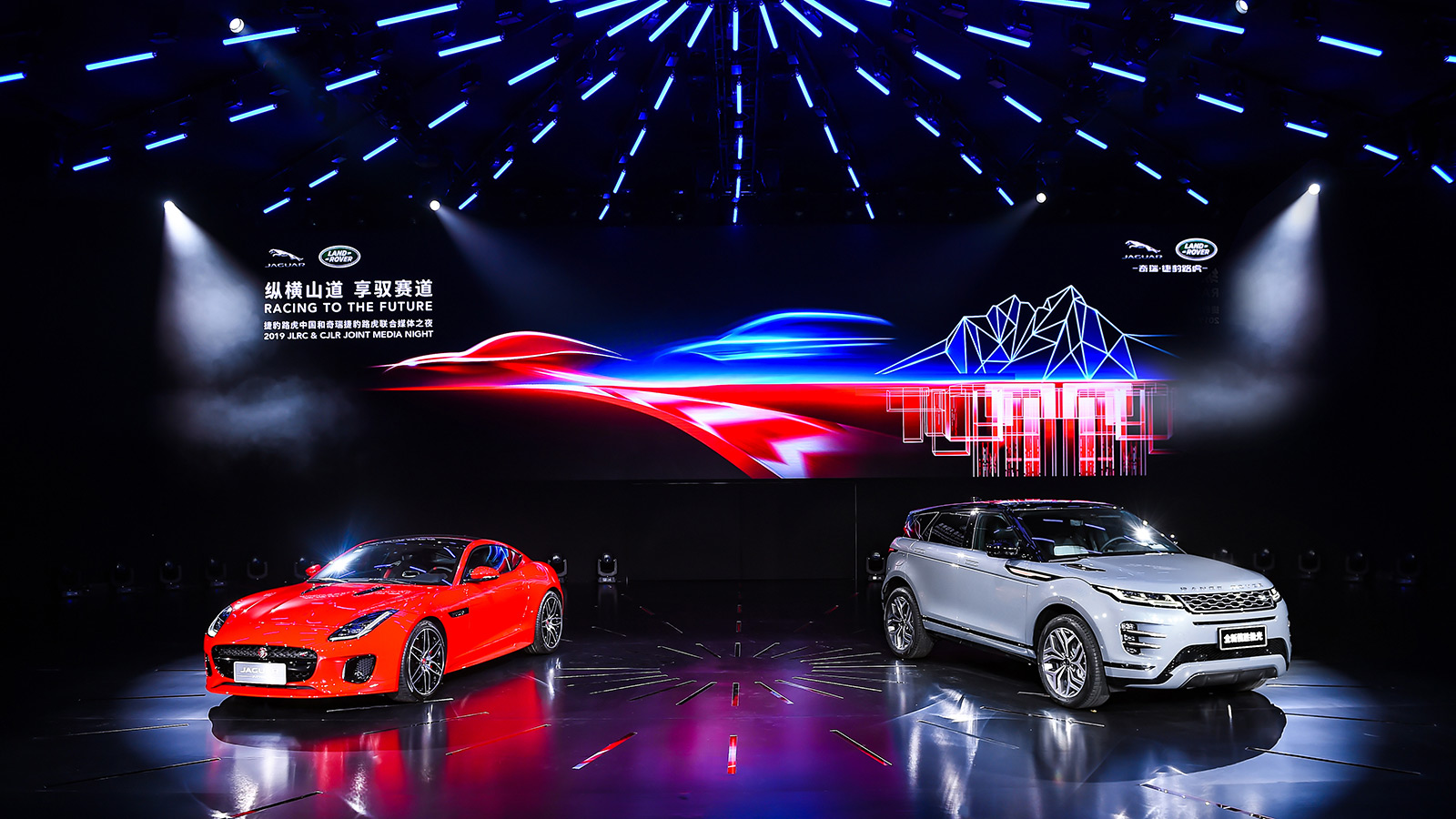
From Jaguar Land Rover’s largest market, China fell to fourth place in the rankings. So much so that it unbalanced the company’s entire bottom line. Apparently, the company raked in as much as £60,000 in profit for every Range Rover sold there. Jaguar Land Rover’s golden goose had cackled and died.
With a new factory in Slovakia for the new Land Rover Defender and its partnership with Magna Steyr to produce the Jaguar E-Pace and I-Pace, the company found itself burdened with excess capacity. Unfortunately for Jaguar Land Rover, it didn’t have demand elsewhere to compensate.
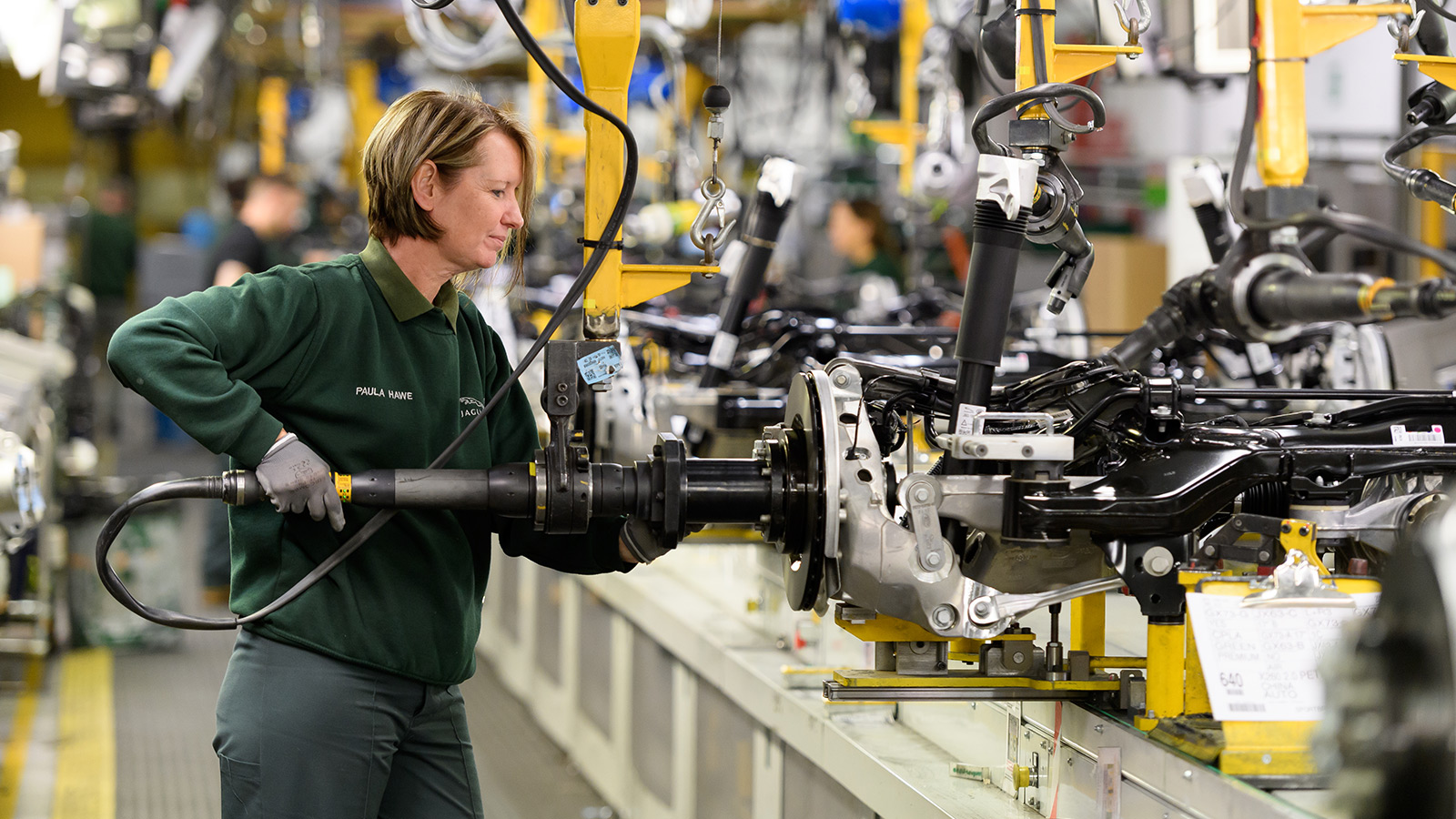
Over in Europe, the Dieselgate fallout practically halved the market for diesel engines. A big problem for Jaguar Land Rover as 84 per cent of its vehicles sold were diesel powertrains.
The XE itself bombed despite all the praise and hype from the nationalistic British media. While the XF faded into anonymity. Once again, heads rationalised its lack of success as indicative of the declining trend of sedans. An issue that seems endemic to the Big Cat, as its immediate rivals’ sedan offerings were unfazed.
Banking on its Past

If there is one place that Jaguar Land Rover had done remarkably well is in its classic car operations. Jaguar Land Rover Classic Works not only provided complete factory restorations for its classic models but it started a whole new genre known as Continuation Models. A trend that has seen fellow compatriots Aston Martin and Bentley adopt.
It is not surprising that the companies experimenting with continuation models are mainly British. A recent study found that the historic and classic car industry turns over £18.3 billion annually. Britain is a leader in the classic car business, but Jaguar dipping its claws into it might not have been the wisest move.
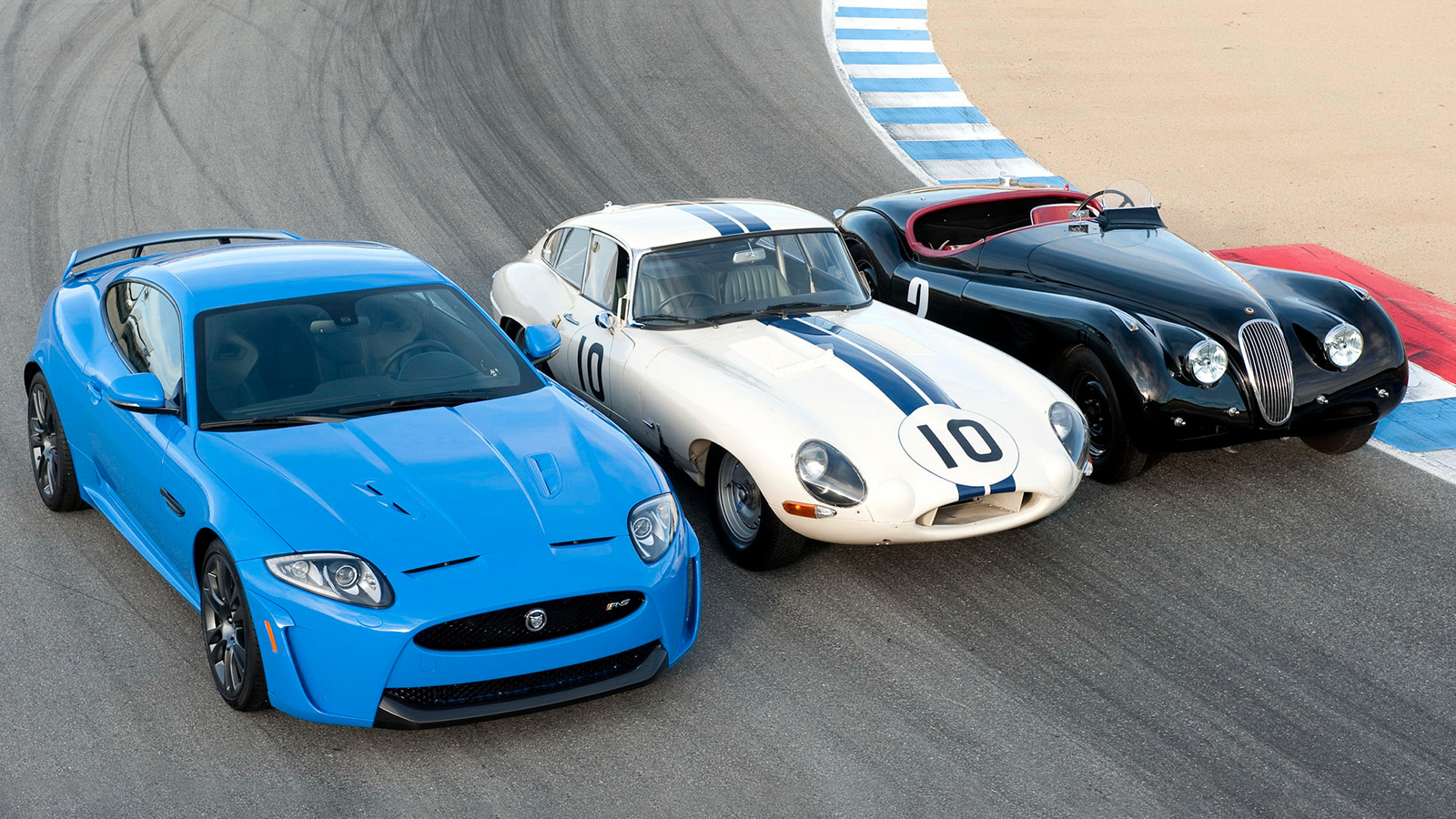
There is nothing wrong with automakers harking back to their past. Any morsel of historical value adds to the myth and prestige of its brand. Having a classic car operation not only protects the value of these historical assets but further validates it.
Nothing but a Distraction
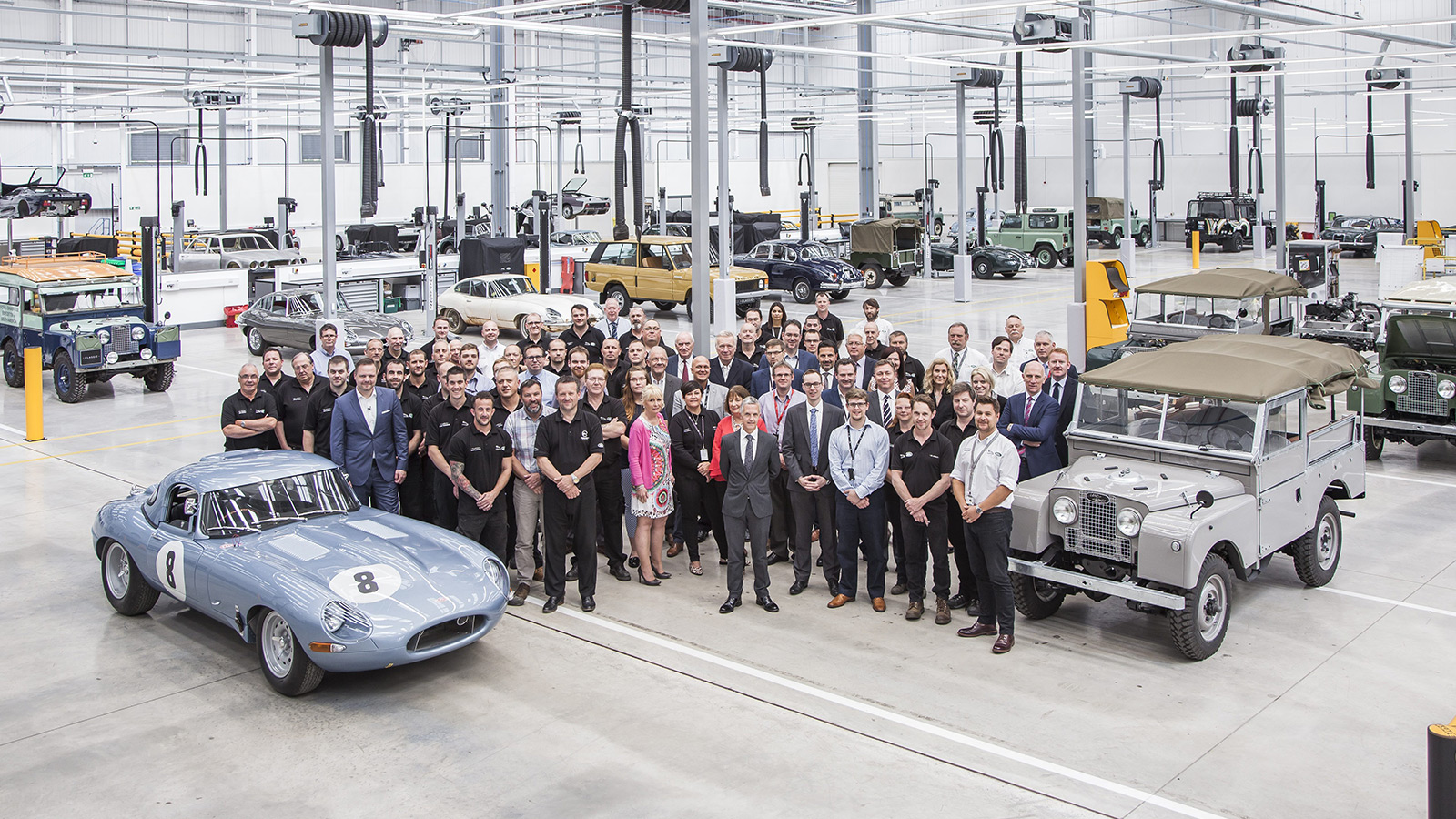
The trouble starts when these classic car operations start messing around with history. As is the case with the continuation models. Creating long-discontinued models with historically accurate parts is a huge undertaking requiring an exorbitant amount of skill and resources.
Even factory restoring a relatively modern classic like the Nissan Skyline R32 GT-R will saddle you with a supercar-like bill. Imagine what a complete, built from the ground up continuation model would cost.
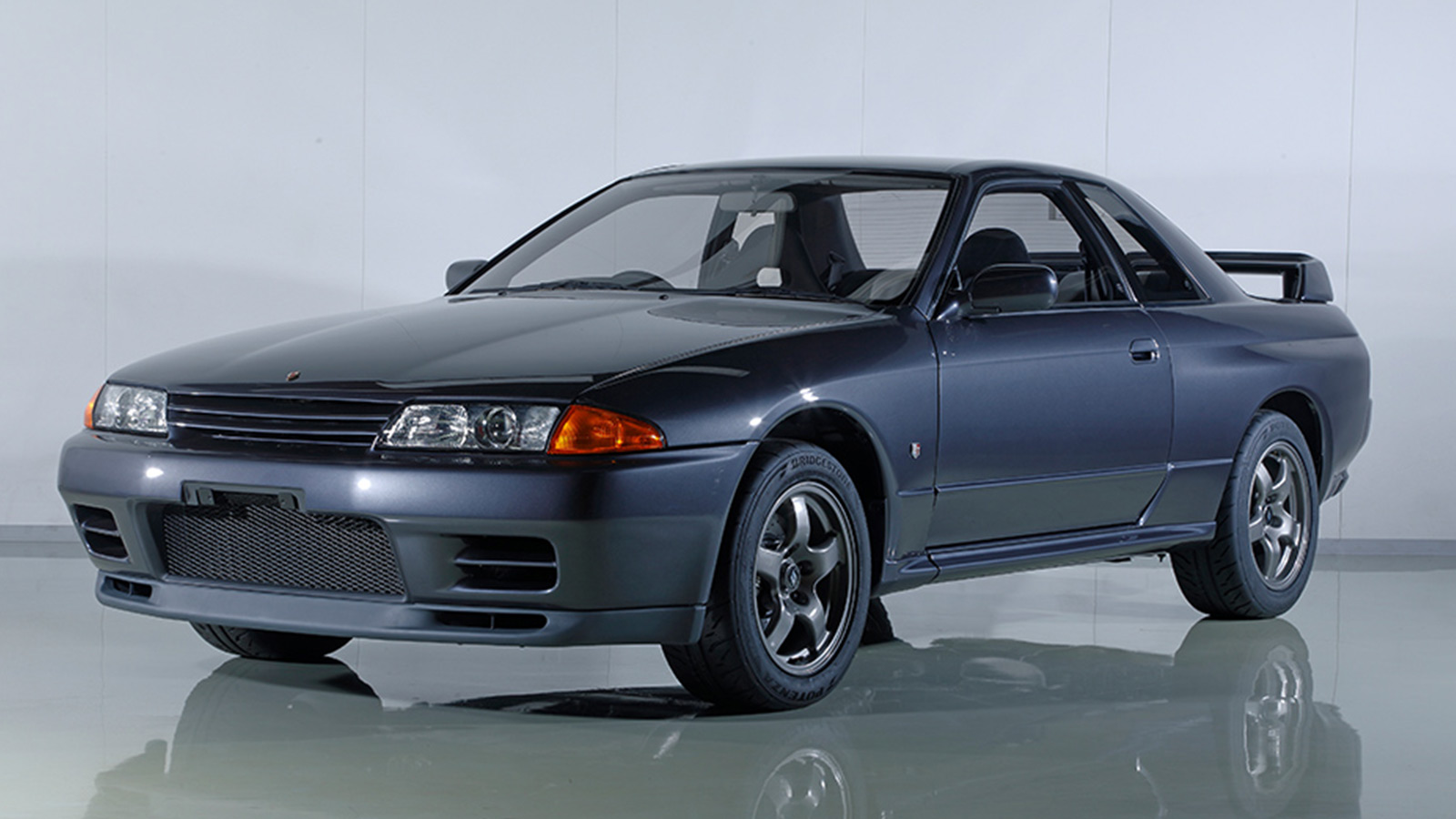
Even if willing demand for such a service exists, a sizeable allotment of budget and resources will be spent in chasing a dream. A dream that holds little to no tangible bearing for the average consumer. Not even fans of the marque will appreciate it. Only the wealthy who dabble in million-dollar rebuilds to impress their champagne-fuelled friends at high-end events will find some satisfaction.

I say some satisfaction because as it turns out Bentley collectors aren’t too happy with its recent efforts to reproduce the rare and legendary Bentley 4½ Litre – otherwise known as the Blower Bentley.
Even Fiat’s famous accountant-in-chief, Sergio Marchionne, sniped at Jaguar’s E-Type Lightweight continuation models. He described the idea of “living off the spoils of the past” as a “bad habit to get into”. Normally you wouldn’t find me in agreement with the late Marchionne. But for once, his rare philosophical understanding of the automotive business is right.
Keeping Focus and Direction
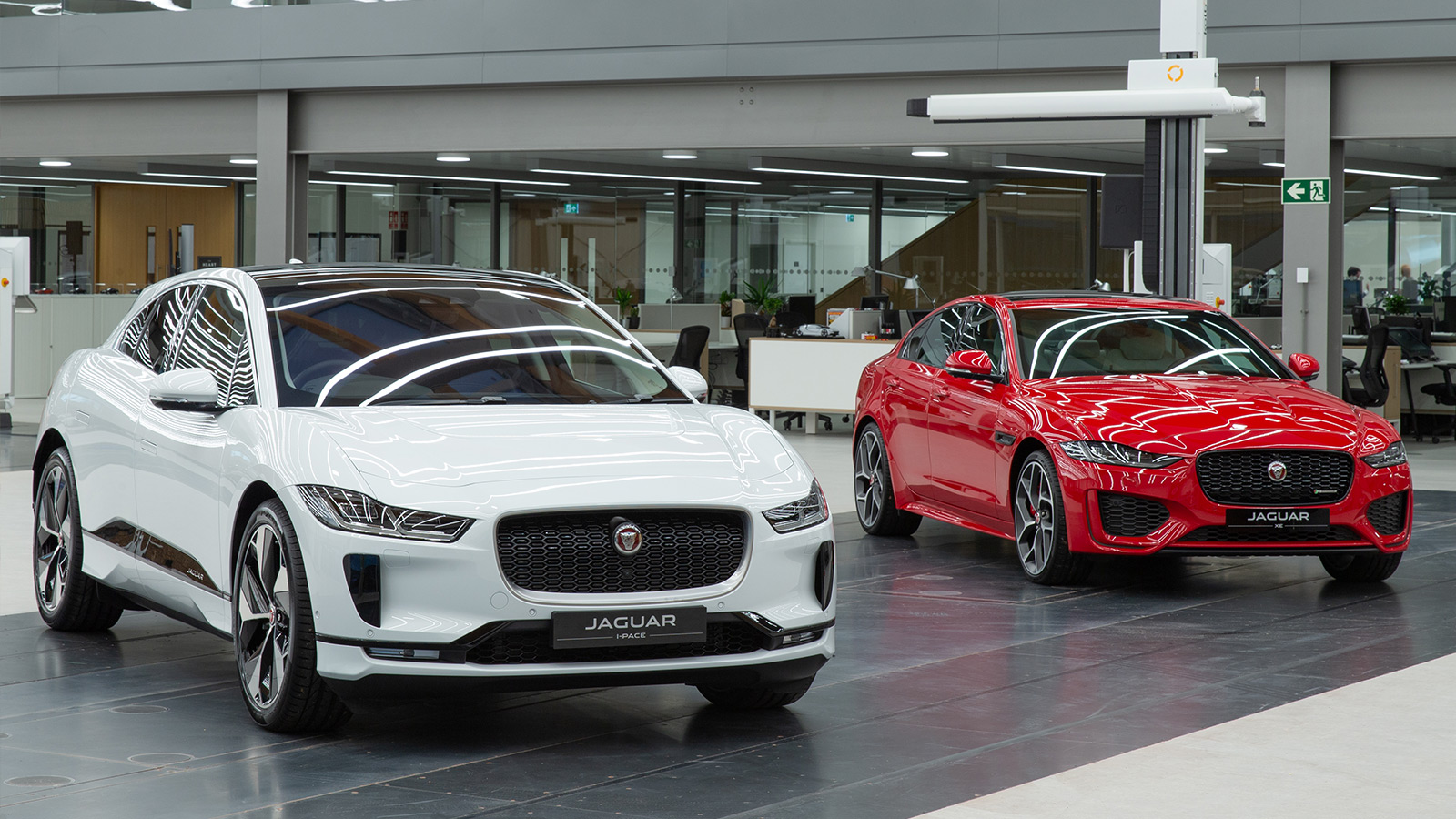
Like a poor person striking the lotto, Jaguar Land Rover lost its way amidst the showers of blessings from a rich benefactor. Particularly Jaguar, which had a deprived upbringing with Ford. With Tata’s blessing Speth, charged ahead to monetise its past, embrace the future, and build on its present. This spread its resources far and wide, leaving the company with overpriced or half-baked products that failed to win over the average premium car buyer.
Industry observers cannot help but draw comparisons with Volvo. Like the two British automakers, Volvo was acquired by a wealthy patron, Geely in 2010. Though flushed with capital, Volvo’s CEO Hakan Samuelsson took a more measured approach. He knew that Volvo couldn’t, and shouldn’t, be dabbling in everything.

Rather than expansion, Volvo focused on the future. Samuelsson cut plans for emission-sensitive six-cylinder engines and diesel powertrains. Instead, he turned the company’s focus on small four-cylinder engines and electrification. Then he consolidated its model range, limiting it to a few key platforms and modular powertrains. This in turn made Volvo far more focused and profitable.

Samuelsson’s strategy worked. Volvo is soldiering on perfectly fine, despite not having any bombastic performance models or elaborate classic car operations. And the road ahead seems smooth as it navigates through the on-going bureaucratic emission tightening toss-up.

There is a lesson for Bolloré to learn from Volvo’s success and Jaguar Land Rover’s plight. Looking where you are going is every bit as essential for a storied name like Jaguar and Land Rover.
Recognise your footing in the present. Don’t get too obsessed with the past, and you might lose sight of the future. As is the case with Jaguar, it lost its way between the Past, Present, and Future.

